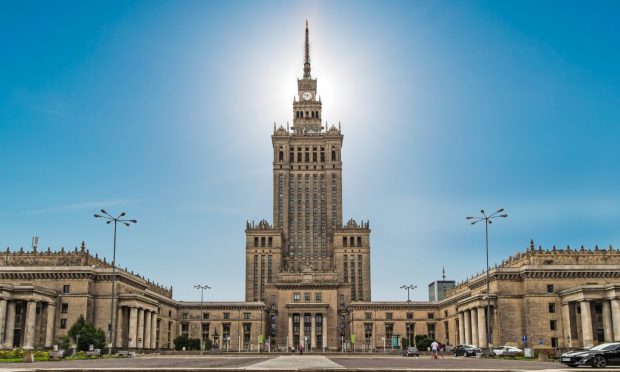
Just two hours’ flying time away, Poland’s capital, Warsaw, is a fun and attractive destination for a long week-end as well as a base for wider exploration of the country for those who want more.
The city is elegant and full of impressive architecture.
As I discovered, the food is great, the people are friendly and almost all of them speak English, which is just as well because my Polish is nonexistent.
I flew with LOT, the national carrier, to Warsaw’s Chopin airport, named after the famous Polish composer and pianist.
From there a 20-minute drive found me at the Hotel Indigo. It’s spacious, comfortable and ideally placed for exploring on foot. It also offers one of the best breakfast menus I have seen in a long time. I can happily confirm that Crepes Suzette and a glass of Prosecco really sets you up for the day.
The hotel is at one end of the Royal Route, the city’s most famous street. The pedestrianised thoroughfare connects three former residences of Polish rulers, the Royal Castle, the Royal Lazienki and the Wilanow Palace, and I admired the many elegant buildings that line the route such as the Polish Academy of Science. Near the southern end is the Holy Cross Church. There has been a church on this site since the 15th Century but the main church was built between 1679 and 1696. It was badly damaged in 1944 but rebuilt between 1945 and 1953.
There are a number of black benches along the route. As well as providing somewhere to pause the exploration, they included buttons which, when pressed allowed people to hear some of Chopin’s music being played through small speakers.
At night the Royal Route became party central. Restaurants spilled on to the street. Musicians played, entertainers entertained, crowds of people walked up and down, stylishly dressed. It reminded me of London at its 80s best. You won’t find many tracksuits and trainers here, the rah-rah and the miniskirt are alive and well in Warsaw.
I enjoyed dinner at U Wieniawy, at the other end of the Royal Way. It was inspired by General Wieniawa and embodied the elegance and style of pre-war Warsaw. Guests are advised: “In the event that a dispute-of-honour has occurred, the involved Gentlemen are requested to duel outside the premises.” The ambience was lovely and the food and service top class.
Talking of food, Poland’s national dish is Pierogi. These are small dumplings which come with a range of fillings. At U Wieniawy mine were filled with meat and topped with sour cream and bacon lardons. Delicious!
Poland will forever be associated with the Second World War, which started with its invasion by Germany in 1939. The country suffered under occupation and was responsible for one of the biggest underground resistance operations when, in August 1944, there was an uprising to get rid of the occupying forces. The resultant loss of life and destruction were catastrophic, and even today the Warsaw Rising Museum, depicting life at the time, is hugely popular with many.
On a lighter note, Warsaw is also home to the Money Centre, located in the Headquarters of the National Bank of Poland. It’s sometimes seen as a museum but it is so much more, a story about money, trading, how to spot counterfeit money and even a gold bar. Try lifting one and you will never again believe what you see in the movies. In a similar vein, the Vodka museum traces the 500-year-old history of the famous drink.
Like many capital cities, Warsaw is on a river, the Vistula. Unlike other cities, the river has been largely ignored. I took a cruise and it was clear that making this natural resource an attractive area for locals and visitors is still a work in progress. However, on a hot day a couple of riverside beaches proved popular. Another way of cooling down was to walk through the mist provided by pavement sprays; adults, kids, dogs and local birds loved it.
The Royal Lazienki Gardens is home to a number of royal residences, it’s popular with locals. Cycling is not allowed, sanctuary from the bikes and e-scooters that seemed to occupy much of the city. In summer it is home to free outdoor Chopin concerts each Sunday and crowds gathered around the lake in front of the Chopin monument to find a spot to enjoy the music.
There’s a lot to see and do in Warsaw and whilst the written language may be indecipherable to many, English is almost universally spoken. Welcoming and hospitable, it’s ideal for a short break.
Factfile
For more information, visit www.go2warsaw.pl

Enjoy the convenience of having The Sunday Post delivered as a digital ePaper straight to your smartphone, tablet or computer.
Subscribe for only £5.49 a month and enjoy all the benefits of the printed paper as a digital replica.
Subscribe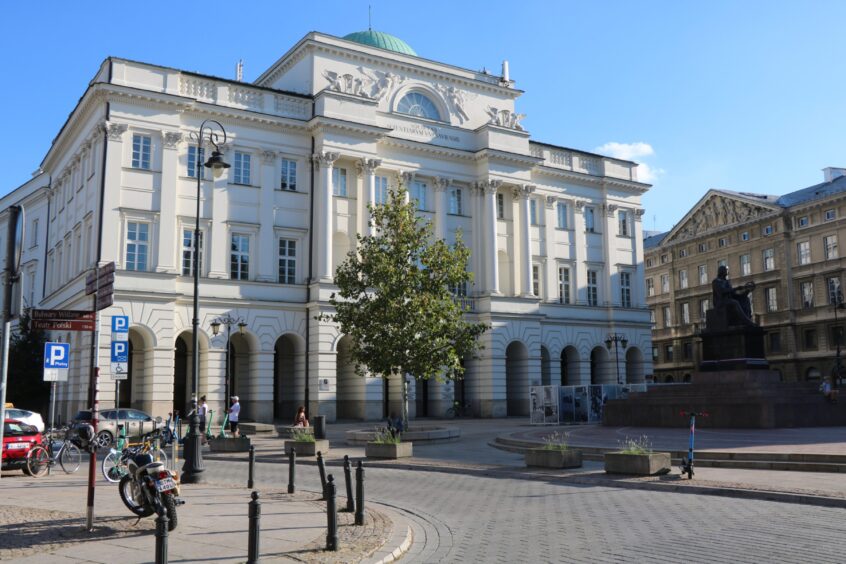
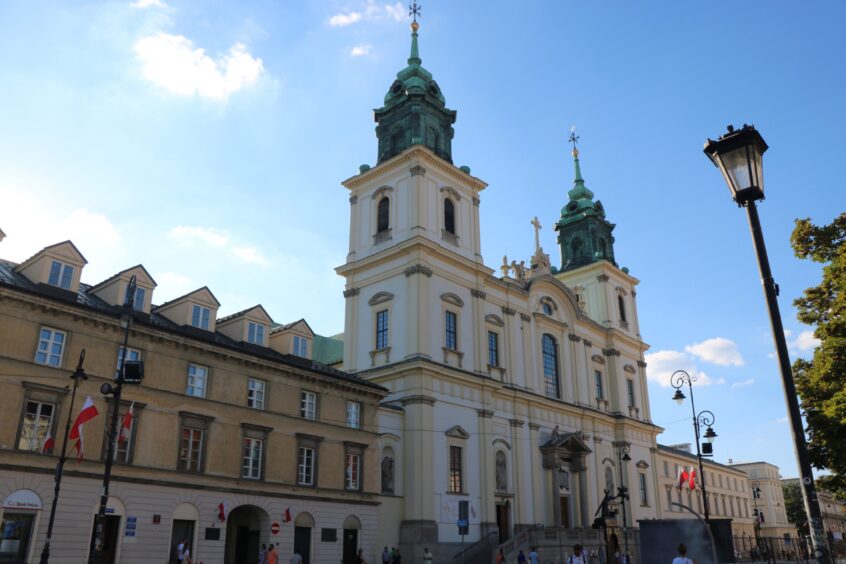
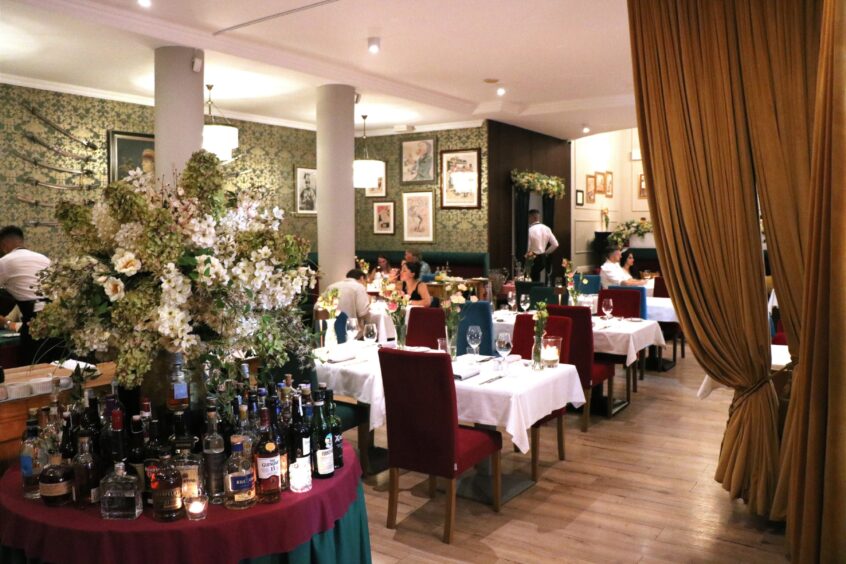 © Supplied
© Supplied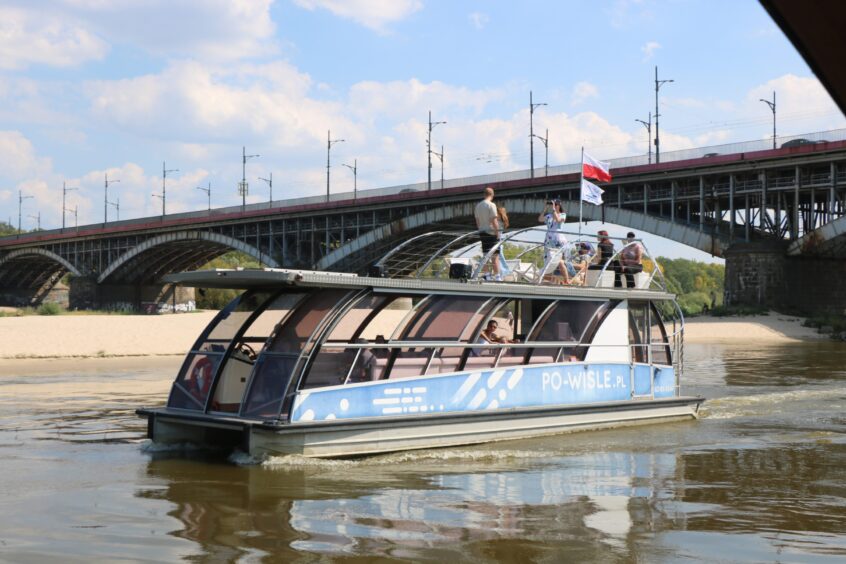 © Supplied
© Supplied